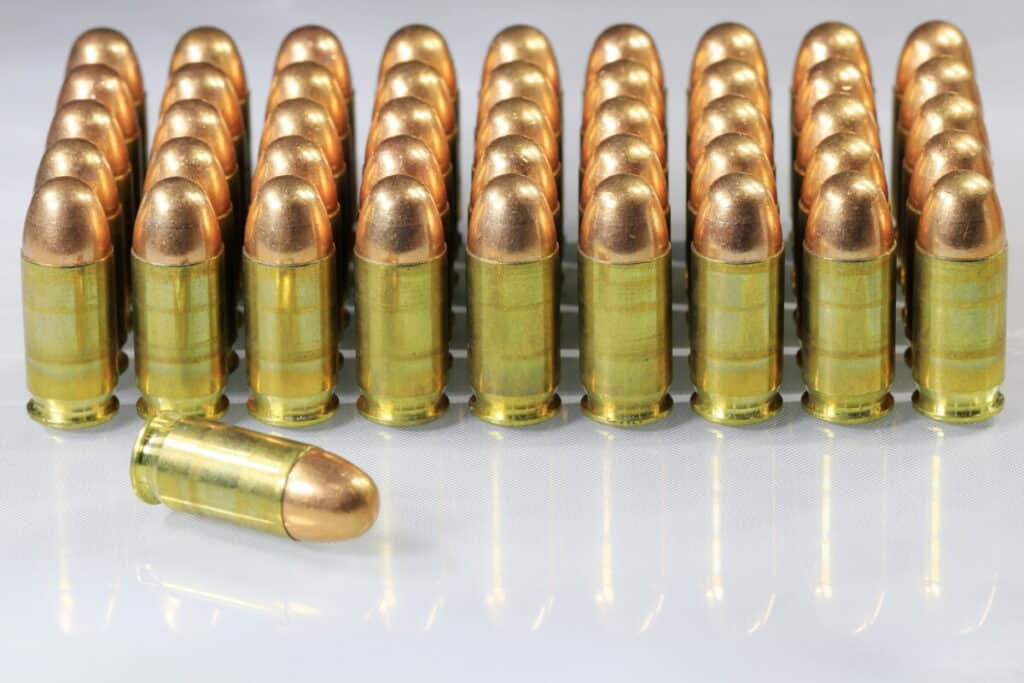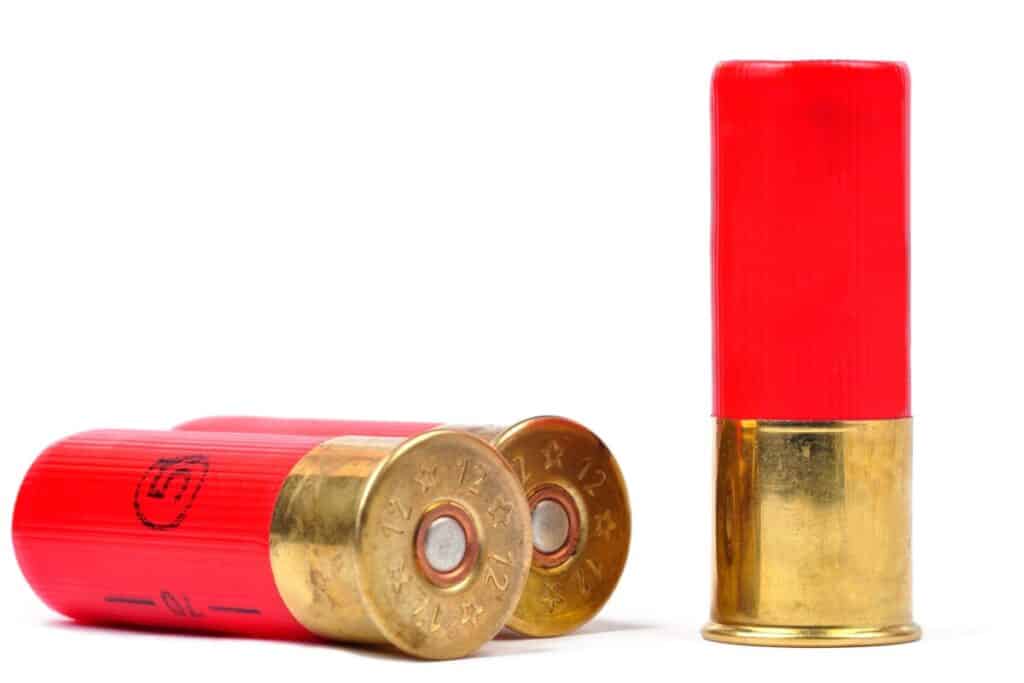Can Rifles Shoot Different Calibers of Bullets?

One of the first things a new gun owner runs into is the concept of caliber and all the different cartridges for sale at the local sporting goods store. This brings up a good question, can different ammo be shot through the same gun?
With few exceptions, rifles, pistols, and shotguns can only shoot the caliber or gauge that the barrel and chamber have been made for. A barrel that was made for 30-06 can only use 30-06 ammunition. Anything other than 30-06 will damage the gun and possibly the user.
That is the short answer, an I hope it is plain as day to anyone buying their first gun that they should only use the ammunition that it was designed for. For long guns, the ammunition a gun can use will be printed on the barrel. For revolvers, the proper ammo will be listed on the cylinder or the frame. For semi-auto pistols, such as the Glock 17 the proper ammo will be displayed most often on the slide.
The long answer is a bit more complicated than that. There are exceptions to take note of, but first it is important to understand the different calibers out there and to know the differences between, say, a 243 and a 308.
Caliber vs Cartridge
Officially, caliber only refers to the diameter of a bullet. Rifles chambered in 308, 30-06, and 300 win mag all use 0.308″ caliber bullets. The differences between these rounds is their casing. The casing, combined with the powder, primer, and bullet, make up a cartridge.
Using a 30-06 case as a ‘regular’ rifle cartridge, the 308 is slightly shorter and holds a bit less powder. A 300 win mag case is taller than the 30-06 and larger in diameter, holding more powder. So when gun enthusiasts are debating the merits of different calibers, usually what they mean is the different cartridges.
On the flip side, cartridges can be necked up or down to accept different caliber bullets. For instance, using a brass 308 rifle case as it was intended means loading it with 0.308″ diameter bullets. But that case can be necked down to accept 7mm bullets, thus becoming a 7mm-08. The 308 case can be necked up to accept 0.338″ caliber bullets, becoming a 338 Federal.
Knowing the difference between caliber and cartidge is paramount to understanding why different ammunition types exist. With that out of the way, we can now look at how ammunition varies in rifles and pistols.

Rifle ammunition
Many gun owners start their relationship with guns through a rifle. Whether its a sleek, black AR-15 or a walnut-clad bolt-action, many gun owners have a rifle in their safe. Knowing how to tell the difference between ammunition is therefore crucial.
Measuring the bullet diameter, case length, and case diameter at the bottom (primer end) of the cartridge is the easiest way to identify unmarked ammunition. Gun owners will find a reloading book to be helpful here since it will contain these measurements for nearly every production rifle cartridge on the market.
If unsure of a cartridge, first refer to your rifle and find the markings on the barrel which state what caliber that barrel and chamber is intended for. After finding that, open up the reloading book and take a look at the three measurements outlined there plus any other listed dimensions. Ammunition that matches the book measurements will work in your rifle. Don’t trust opened ammo boxes since cartridges can get mixed together.

Pistol Ammunition
Most pistol ammunition consists of straight-walled (or nearly straight-walled) cartridges and bullets. Since the bullet diameter and case diameter is nearly identical, buying the proper pistol ammo only requires knowing the case length and the bullet diameter.
Additionally, pistol ammunition will sometimes have different names too. 9x19mm is called the 9mm Luger or the 9×19 Parabellum. 9x17mm is also called the .380 ACP. The 9x29mmR is better known as the .38 special, but can be abbreviated as .380 spl, .380 S&W Special, .380 S&W, or .380 spc. While rifle cartridges generally have one or two names, it is not uncommon for pistol ammo to be sold under multiple abbreviations inside the same store.
The best way to buy the proper ammo for a pistol is to know the different names a cartridge is sold as or the two measurements mentioned earlier.

Shotgun Ammunition
The specifics of shotgun ammunition is nuanced and complex, so it requires an article all by itself. However, for new shooters it is important to note that different shotgun calibers, called gauges cannot be used interchangeably under any circumstance. Shotguns also take different length shells. My Dad’s Remington 870 can take 12ga shells up to 3 inches, whereas my Mossberg 835 can take 12ga shells up to 3.5 inches.
Exceptions to the rule
Hopefully by now it is clear that different cartridges and calibers (and gauges) cannot be mixed. At a minimum, the result is a terrible shot and a slightly damaged gun. At worst, that gun could explode and hurt or kill the user plus anyone close enough to catch flying shrapnel. But there are certain exceptions that can be explored.
The first exception is that some cartridges ARE interchangeable. A 357 magnum revolver can also use 38 Special ammunition without issue. A gun designed for 5.56 NATO can also take 223 Remington. This is because both use the same bullets and similar cases. However, due to pressure differences, the reverse cannot be done safely. 357mag cannot be shot through a 38spl revolver, and 5.56NATO can be dangerous in a 223 rifle.
The second exception is that some guns use multiple barrels with different chamberings. These are called combination guns and they often have two, three, or even four barrels all on the same gun. However, such guns are rare, quite expensive, and many become collector’s items.
The third exception is that some guns have interchangeable barrels or have barrel inserts. There are 22LR conversion kits for certain guns that quickly adapt a gun for use with the 22LR rimfire cartridge. There are also single shot rifles that will accept barrels in different rifle chamberings such as the Thompson Center G2 Contender. Quick-change barrels are an option on some rifles as well.
So there are in fact some instances where using different calibers (cartridges) in the same gun is possible. However, these are exceptions which prove the rule because such guns are specifically designed to be adaptable. Most guns on the market are not able to take different cartridges or calibers and function safely. The best option for shooting different calibers is to purchase a gun for each caliber you wish to shoot.
